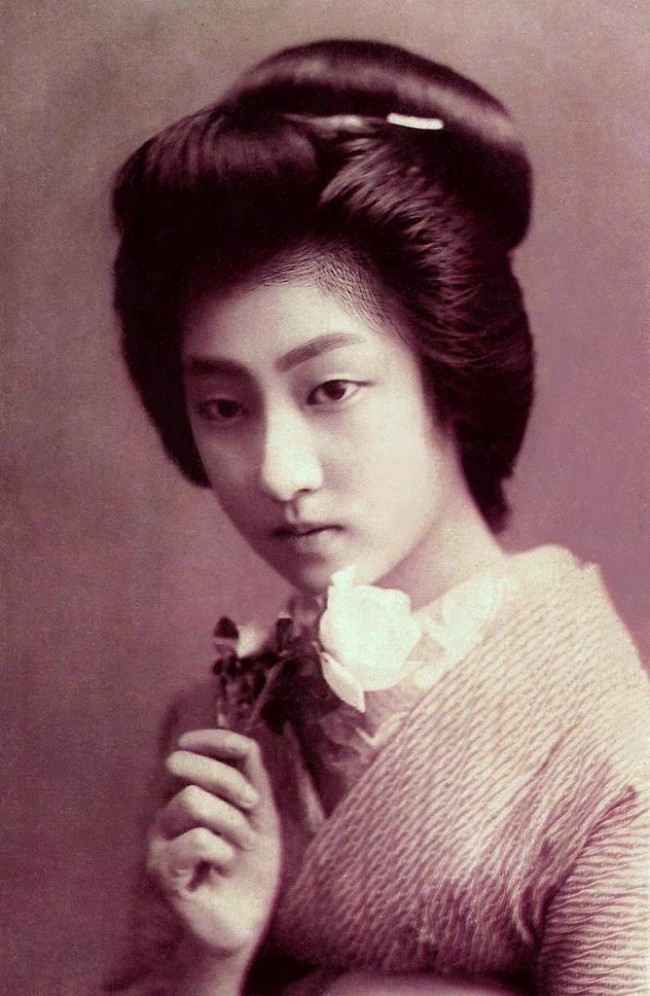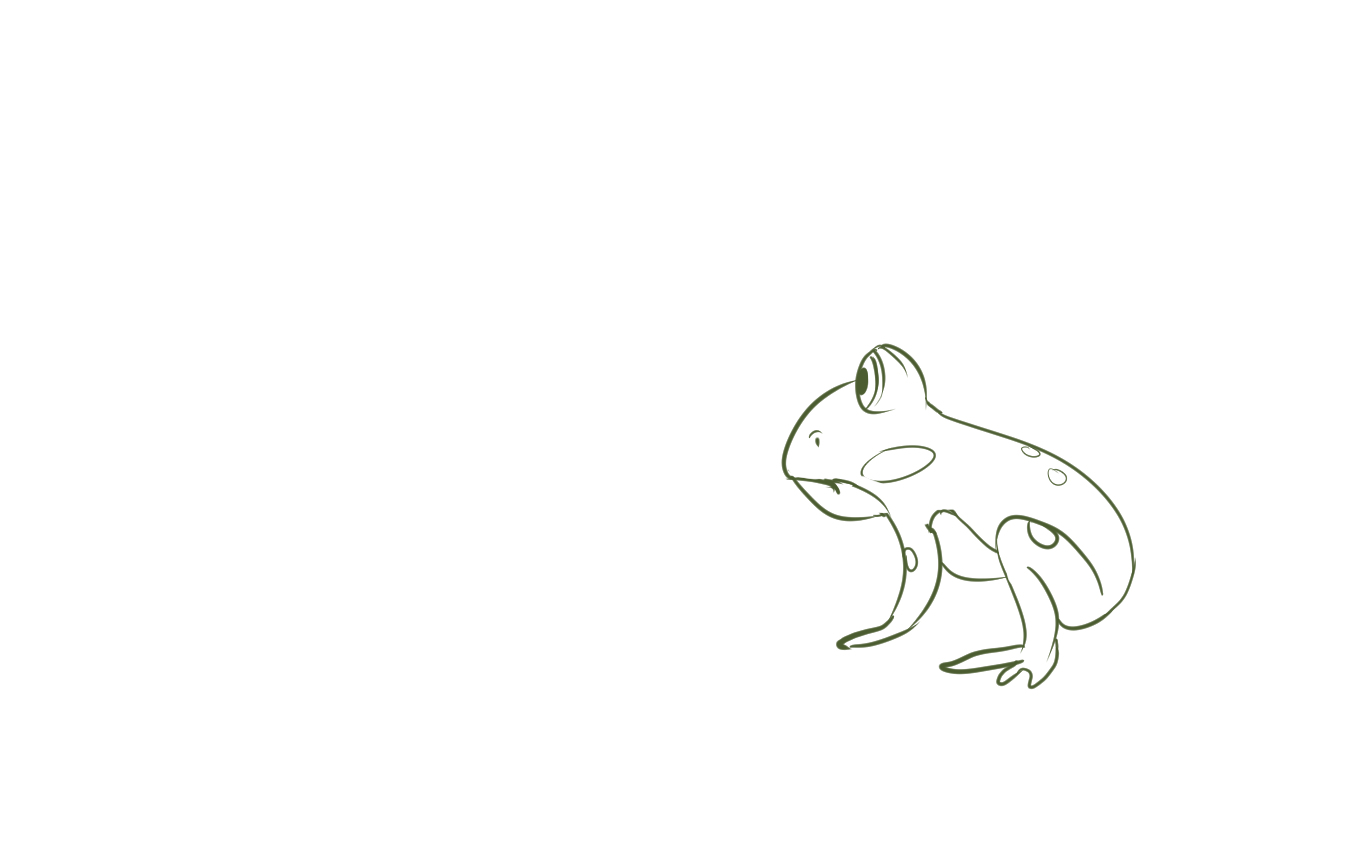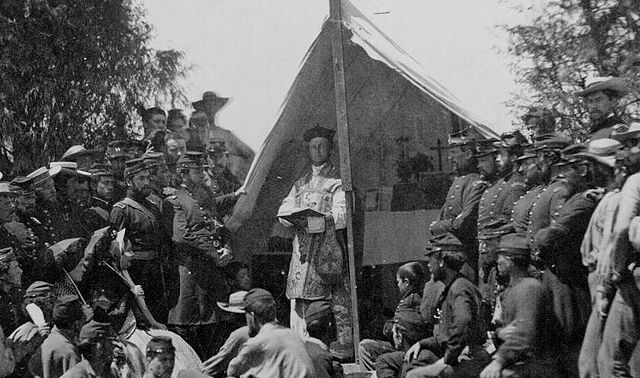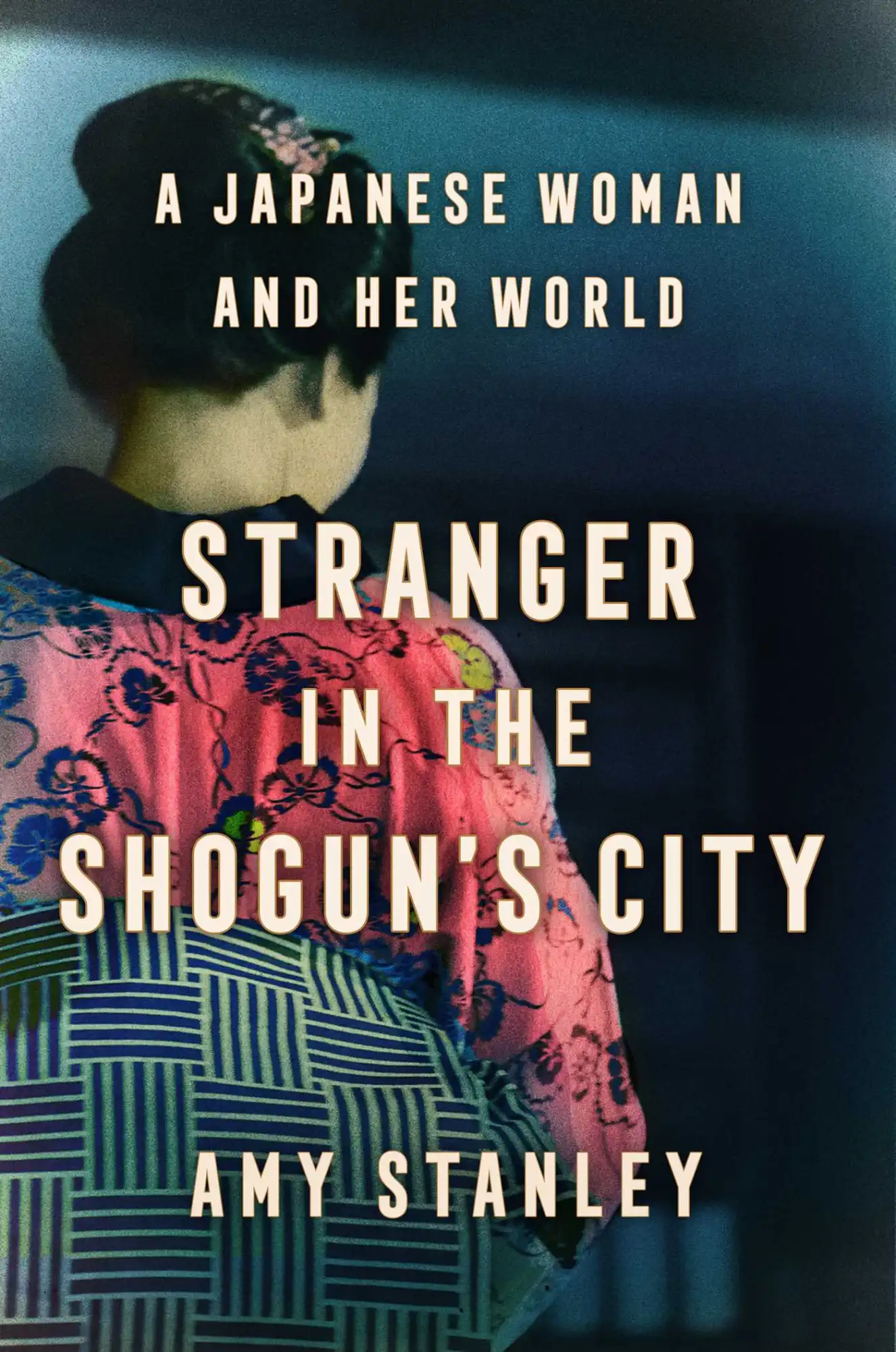Japan’s novelist Natsume Soseki remains relevant for us today. Soseki grew up during the upheaval after the fall of the Shogun and the rise of the Meiji period. He numbered among the first Japanese to live in a Westernized Japan. His experiences of modernization mirror what we experience today with our own transition into attentionization, if you will. Attentionization is the shift toward turning our attention into a resource. The process uses technology–social media, smart phones, automation, and the like–that is just as disruptive to culture as the Meiji period’s break-neck industrialization. Throughout Soseki’s novels we see the theme of loneliness that looks terribly familiar.
Soseki was born into a period that viewed modernization with skepticism even as Japan embraced it. The new Imperial government sent researchers to cities in 12 countries to discover what modernization truly involved. They also sent people like Soseki to study abroad. The survey led to Japan adopting practices from throughout the West. Japan’s new navy was modeled after Britain’s navy. The new Imperial police forces mimicked France’s. The government wanted to fuse Western technology with the Japanese spirit. Some modernizers even considered making English the new national language and considered a policy of western intermarriage (Harding, 2017). Over time, the Japanese spirit took on military elements. Admiral Togo and Japan’s victory over Russia in the Russo-Japanese War provided the springboard.
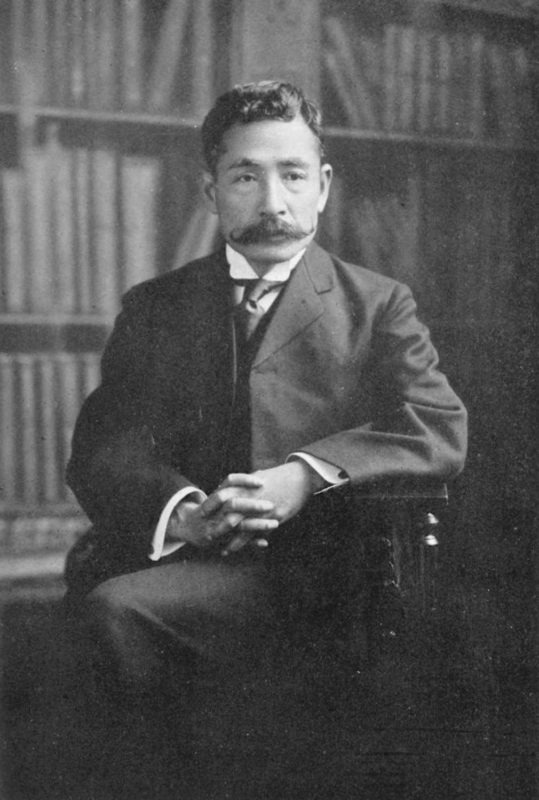
As a teacher, Soseki warned his students about doing everything for the sake of the nation. “What a horror if we have to eat for the nation, wash our faces for the nation, go to the toilet for the nation!” His words foreshadowed what would later happen during World War II.
Of course, not everyone believed this fusion benefited Japanese society. Soseki often attacked the idea of the Japanese spirit (Harding, 2017):
Admiral Togo possesses the Japanese spirit, and the local fishmonger has it as well. Swindlers and murderers also have the Japanese spirit. Since it is a spirit, it is always blurry and fuzzy; there is no-one in Japan who hasn’t had it on the tip of his tongue, but there’s no-one who has actually seen it.
He worried about what the rapid push into modernity was doing to their culture, especially after what he saw during his visit to London. The process of modernization had a human cost. In his journals, he felt sorry for the citizens of London and touched on the malaise of city living that we still deal with today (Harding, 2017):
White, black, yellow, blue, violet, red – all the different colours undulated together in the distant background like the watery movements of the ocean, like tiny multicoloured shells of wonderful beauty. At that moment, the spectacle suddenly vanished, giving way to a darkness that spread from the enormous cupola to the innermost depths. The people present, who could be counted in thousands, were swallowed up in the darkness. Everyone’s existence, without exception, was effaced by the extreme darkness, and they became as voiceless as if the shadows and shapes had disappeared… long dress, constantly ran a lawnmower over the grass. This garden, still so clear in my memory, was now swallowed up by the fog, and there was nothing to distinguish it from the boarding house where I was staying, disused and deserted, with the houses all in one unbroken line.
Soseki believed that being modern meant learning how to live with a type of homelessness.
Destroying the past creates a rootlessness that modern writers like Ben Sasse worry about. More than 100 years separate us from Soseki, but the concerns remain unchanged. Ben Sasse sees the United States divided into three groups by today’s forces of change: the stuck, the rooted, and the nomad. The rooted, he argues, are necessary for a stable society, but they make up a decreasing population as attentionization (my word, not his) disrupts the social fabric. Like Soseki, Sasse believes loneliness results from this disruption.
Most of Soseki’s later novels focus on the issue of loneliness. Kokoro studies an old man who feels isolated by events and modernization. The old man commits suicide. Likewise, Sasse laments the rising suicide rates of middle to old-age men in the United States. Like the old man in Kokoro, these men feel isolated and left behind.
Social Media and Loneliness
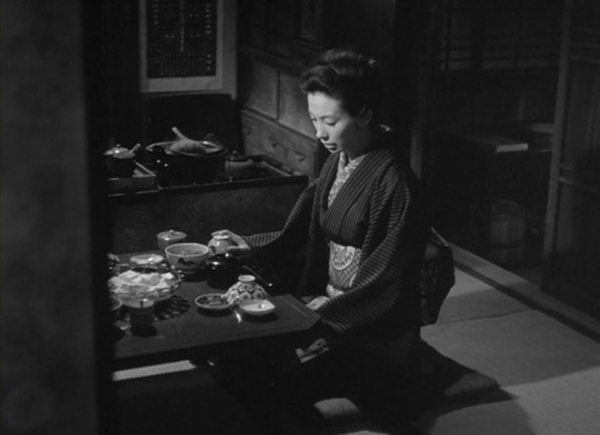
Social media acts as the poster child for our attentionization, just as the steam engine acted in Soseki’s time. In a 2017 study by the American Journal of Epidemiology, researchers saw a link between health and social media use: “We found consistently that both liking others’ content and clicking links significantly predicted a subsequent reduction in self-reported physical health, mental health, and life satisfaction.”
Social media commodifies our attention and leaves us isolated. It’s not too different from how factories of Soseki’s time enslaved people to the production lines. Only instead of seeking money, we seek connection that isn’t there. Attentionization involves a shift in how we interact with people and technology. Social technologies and smart phones and other Internet technologies want us to use them as long as possible. They are designed to be addictive and to maximize our attention (Price, 2018). The shift in economic models is no less disruptive than what Soseki wrote about. If anything, attentionization is more insidious. It rewires the brain.
We have shorter attention spans, poorer memory, and less ability to think deeply. Without these abilities, we lack the ability to be creative. Creativity also requires mental downtime, even boredom, to make new connections. When we are always on our phones, surfing the net, or otherwise plugged in, we block our creativity. All of which makes us shift more of our attention toward what undermines us. Social media and the structures of modern society isolate even as they promise connection.
Sasse (2018) gives us a glimpse at what is going on in the United States today:
Retired seniors now watch fifty hours of television per week….In a society that has fewer and fewer groups to which we naturally belong, it’s no wonder that lonely older folks take comfort in a substitute television family. People want to be in a group. They want to belong.
And Soseki from Kokoro:
You see, loneliness is the price we have to pay for being born in this modern age, so full of freedom, independence, and our own egoistical selves.
Like Soseki, we live in another age of upheaval. We too see increasingly loneliness as a consequence. However, benefits appear at the end of upheavals. Soseki wouldn’t live to see the end of Japan’s revolution (We can argue modernization lasted until the 1970s). Change always yields benefits and detriments. Japan’s modernization led to World War II and the bombings of Nagasaki and Hiroshima. But it also led to a society that benefits women and the rest of the world. Japan exported its ideas, its spirit, to the rest of the world to great benefit.
History shows most periods of change are slightly positive in the aggregate. They kill people and benefit people. They lay the foundation for other advancements that are both positive and negative. Attentionization, with all its technology changes, will be this way too. On the whole, history has had a positive trajectory–advancements in medicine, fewer, less bloody wars (despite what attentionized media wants us to think)*, and a general increase in human well-being. However, this positive progression isn’t a certainty. The collapse of the Roman Empire, for example, leaves a dark mark on Western history.
Soseki’s caution and focus on the personal consequences of change remains a valuable lesson for us as we go through our own period of change.
* Modern wars kill higher numbers of people but fewer as a percentage of the population. For example, during the Second Punic War the Battle of Cannae (just one battle in a larger war) saw around 70,000 Romans killed. The total population of registered men in the Republic was around 395,000 according to their census data. That means Rome lost about 18% of its male population in a single battle. If you wanted to use today’s numbers that would be about 27,500,000 American men dying in a single battle. (153,139,563 x 18%). For comparison: The Battle of Stalingrad during WWII saw 1,250,000 casualties for Russia. Roughly 2% of the total Russian male population of the time.
References
Harding, Christopher (2017). Meiji Modernist. History Today.
Natsume Sōseki. (2012). Britannica Biographies, 1.
Price, Catherine (2018). How to Break up with your Phone. New York: Ten Speed Press.
Sasse, Ben (2018). Them: Why We Hate Each Other and How to Heal. New York: St. Martin’s Press.
Soseki, Natsume. (1996) Kokoro. Gateway Editions.

